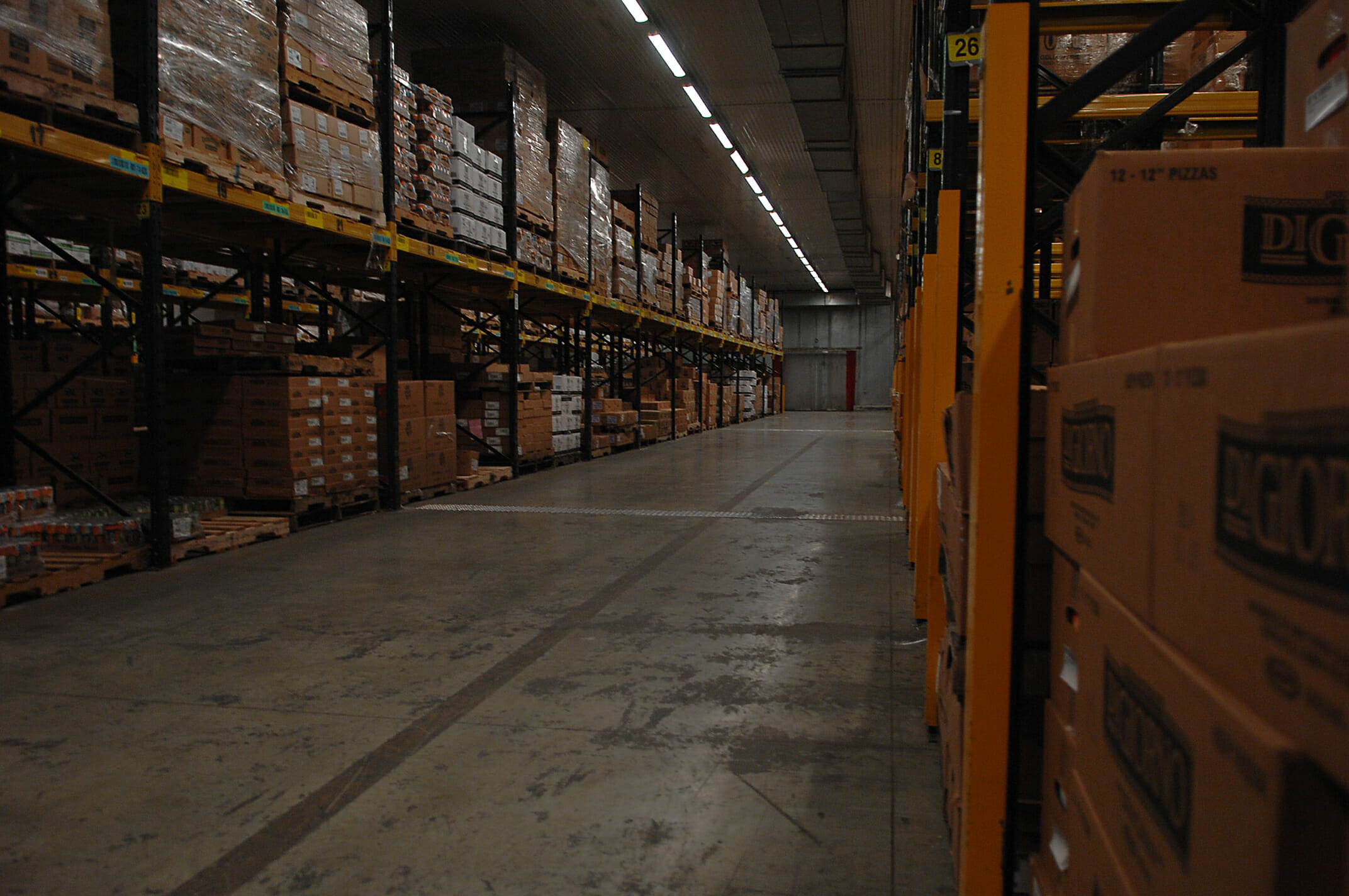Why Humidity Control in Cold Chain Facilities is Difficult


The cold chain industry might not seem like it would be affected by humidity issues. After all, everything is frozen, right? The cold reality is that humidity can be a big problem in cold chain facilities, which can lead to all sorts of issues. Humidity control in storage areas and cold chain is key to eliminating product damage and maintaining a safe working environment.
Learn why humidity control is difficult in cold rooms and storage areas and what you can do to solve the problem for your business.
Humidity control in cold rooms and storage areas is notoriously difficult. One of the biggest reasons is that these spaces are very tightly constructed and sealed to maximize the efficiency of the cooling system. Water is introduced either by infiltration when the doors open, off-gassing by the products and occupants, or by washdown activities and trapped in the air-tight room. With no ventilation or external HVAC system, water has no way to escape the cold space which can make it difficult for the cold room or storage area to regulate humidity levels without the help of a commercial dehumidification and ventilation system.
The result is that these areas become riddled with mold, mildew, and small pests attracted by high indoor humidity levels. In addition to the naturally occurring humidity challenges, commercial cold rooms and storage areas have added challenges due to the nature of their location and use.
The Challenges of Cold Chain Facilities
Most often, cold chain rooms and facilities abut other larger areas that remain at warmer temperatures. An example of this phenomenon might be a cold chain facility next to a loading dock where items are moved from a refrigerated truck through a warehouse into the cold storage area.
Every time the door is opened between these two areas, the change in pressure moves the warmer, moist air into the cold storage area. A reaction then takes place by which condensation can build up on stored items, walls, ceilings, and floors.
In fact, one of our customers had struggled with this exact problem. You can read about their problem and how we helped them solve it in their case study here.

Solving Cold Chain Facility Humidity Problems
At Therma-Stor, we’ve worked with clients who come to us once they’ve “tried it all.” Between air conditioners, fans, and even storage facility rotation schedules, they’re fed up. In our experience, the best solution to high humidity levels in a cold chain facility is a commercial desiccant dehumidifier.
Designed to suit your specific needs, a commercial dehumidifier works to pull moisture from the indoor air climate. By absorbing and dispelling the water vapor, the system lowers the indoor humidity levels effectively and affordably.
Unlike residential systems, commercial dehumidifiers are engineered to be long-lasting and designed for the environment in which they’ll serve, so you can feel confident in your investment. These systems can also be connected to an existing HVAC system for immediate and automatic water vapor removal and complete climate control.
Fight Humidity with a Commercial Dehumidifier
Are you ready to stop struggling and start fighting high humidity in your cold chain facility? Contact the team at Quest to learn more about how a commercial dehumidifier can help solve your humidity problems and be sure to ask about cold chain applications.
Published on Jun 04 2018
Last Updated on Jan 14 2025
Categories: Cold Chain, Desiccants, Distribution & Logistics
Tags: dehumidification, energy efficiency, humidity level, mildew, moisture
